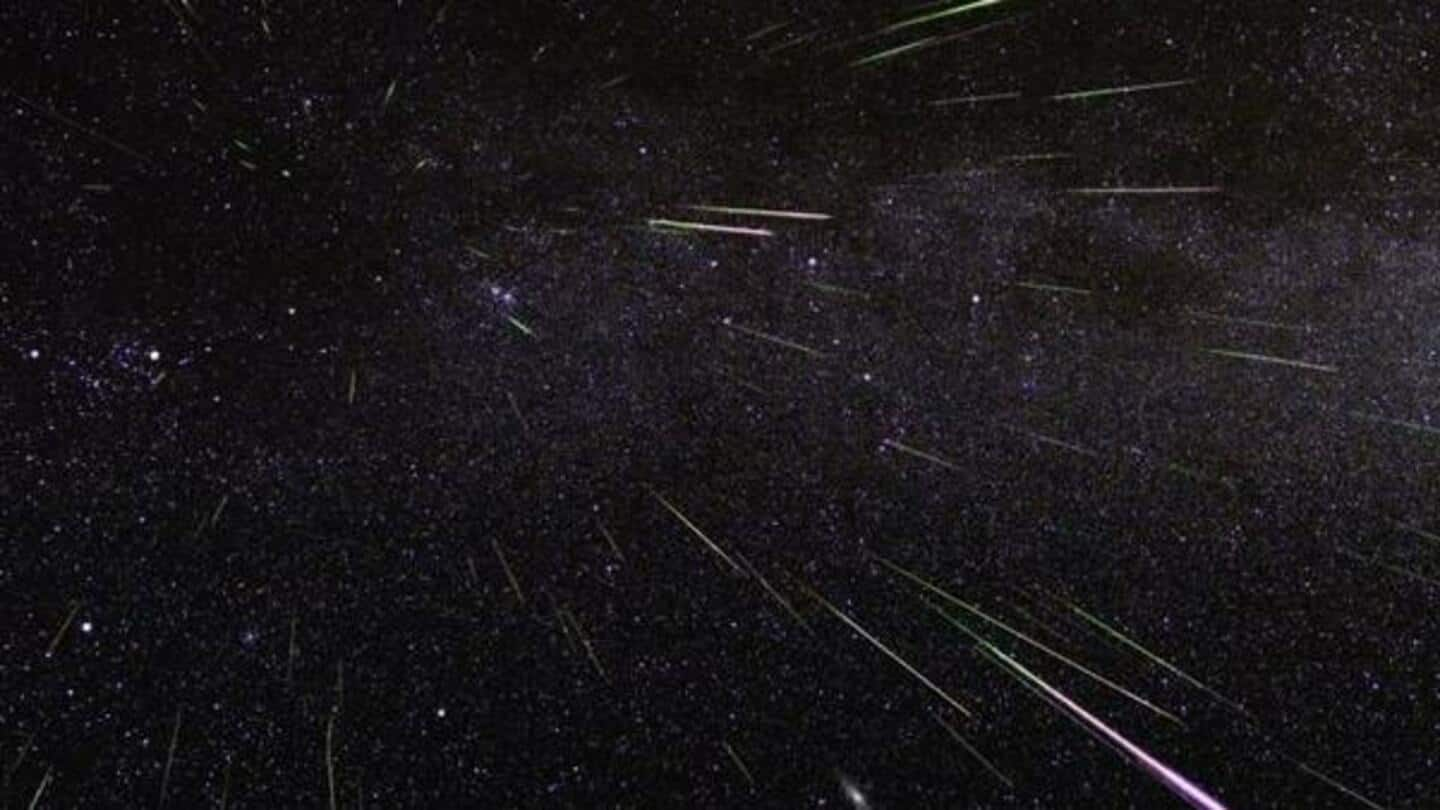
Quadrantid meteor shower to peak tonight; Moon may play spoilsport
What's the story
This year might not be the best to observe the Quadrantid meteor shower since it will be hindered by the presence of the Moon. The meteor shower is predicted to peak on January 3-4 and a full moon will occur on January 6. Spotting meteors in the night sky might become difficult because of the bright moonlight.
Context
Why does this story matter?
The Quadrantids meteor shower is considered to be one of the best annual meteor showers and peaks during mid-January. It is also known for its brightly colored fireball meteors. This meteor shower has a narrow peak time which lasts only a few hours, unlike other meteor showers which have a two-day peak which further heightens the difficulty of observing the meteor display.
Details
What is the best time to observe the Quadrantids?
The Quadrantids meteor shower commenced on December 26 last year and will go on until January 16. The peak is predicted to occur at 10 pm EST on January 3 (8:30 am IST, January 4). Under ideal conditions, you should be able to see approximately 80 meteors per hour and it can go up to 120 meteors, according to NASA.
Instructions
How to observe the meteor shower?
The best way to observe the Quadrantids meteor shower is to face the northeast direction and allow your eyes to adjust to the night sky. Do not focus only on the constellation Bootes since the meteors will be dispersed across the night sky but remember that the moonlight will interfere with your viewing experience. The meteor shower is best visible from the Northern Hemisphere.
Information
Check out the other meteor showers this year
Lyrids meteor shower will light up the skies in April and the Perseid meteor shower will occur in August. The Leonids, known for its Earth-grazer meteors will peak in November and the Geminid meteor shower will be seen in December.